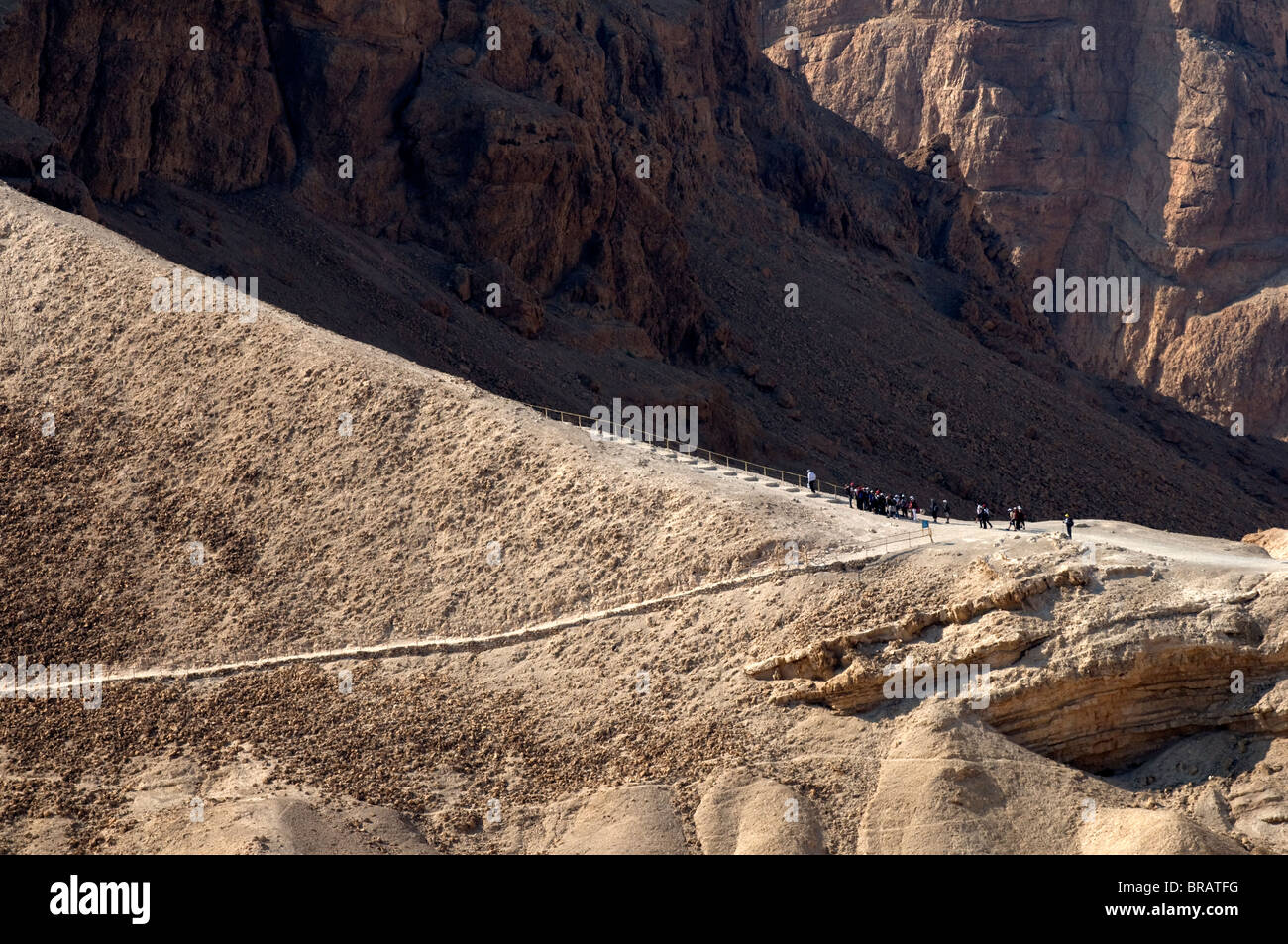Masada the Roman siege ramp

Image details
Contributor:
moris kushelevitch / Alamy Stock PhotoImage ID:
BRATFGFile size:
71.7 MB (4.3 MB Compressed download)Releases:
Model - no | Property - noDo I need a release?Dimensions:
6144 x 4081 px | 52 x 34.6 cm | 20.5 x 13.6 inches | 300dpiDate taken:
11 May 2009Location:
Judean desert Masada IsraelMore information:
The cliffs on the east edge of Masada are about 1, 300 feet (400 m) high and the cliffs on the west are about 300 feet (90 m) high; the natural approaches to the cliff top are very difficult. The top of the plateau is flat and rhomboid-shaped, about 1, 800 feet (550 m) by 900 feet (275 m). There was a casemate wall around the top of the plateau totaling 4, 300 feet (1.3 km) long and 12 feet (3.7 m) thick, with many towers, and the fortress included storehouses, barracks, an armory, the palace, and cisterns that were refilled by rainwater. Three narrow, winding paths led from below up to fortified gates. The site of Masada was identified in 1842 and extensively excavated between 1963 and 1965. Due to the remoteness from human habitation and its arid environment, the site has remained largely untouched by humans or nature during the past two millennia. The Roman ramp still stands on the western side and can be climbed on foot. Many of the ancient buildings have been restored from their remains, as have the wall-paintings of Herod's two main palaces, and the Roman-style bathhouses that he built. The synagogue, storehouses, and houses of the Jewish rebels have also been identified and restored. The meter-high circumvallation wall that the Romans built around Masada can be seen, together with eleven barracks for the Roman soldiers just outside this wall. Water cisterns two-thirds of the way up the cliff drain the nearby wadis by an elaborate system of channels, which explains how the rebels managed to have enough water for such a long time